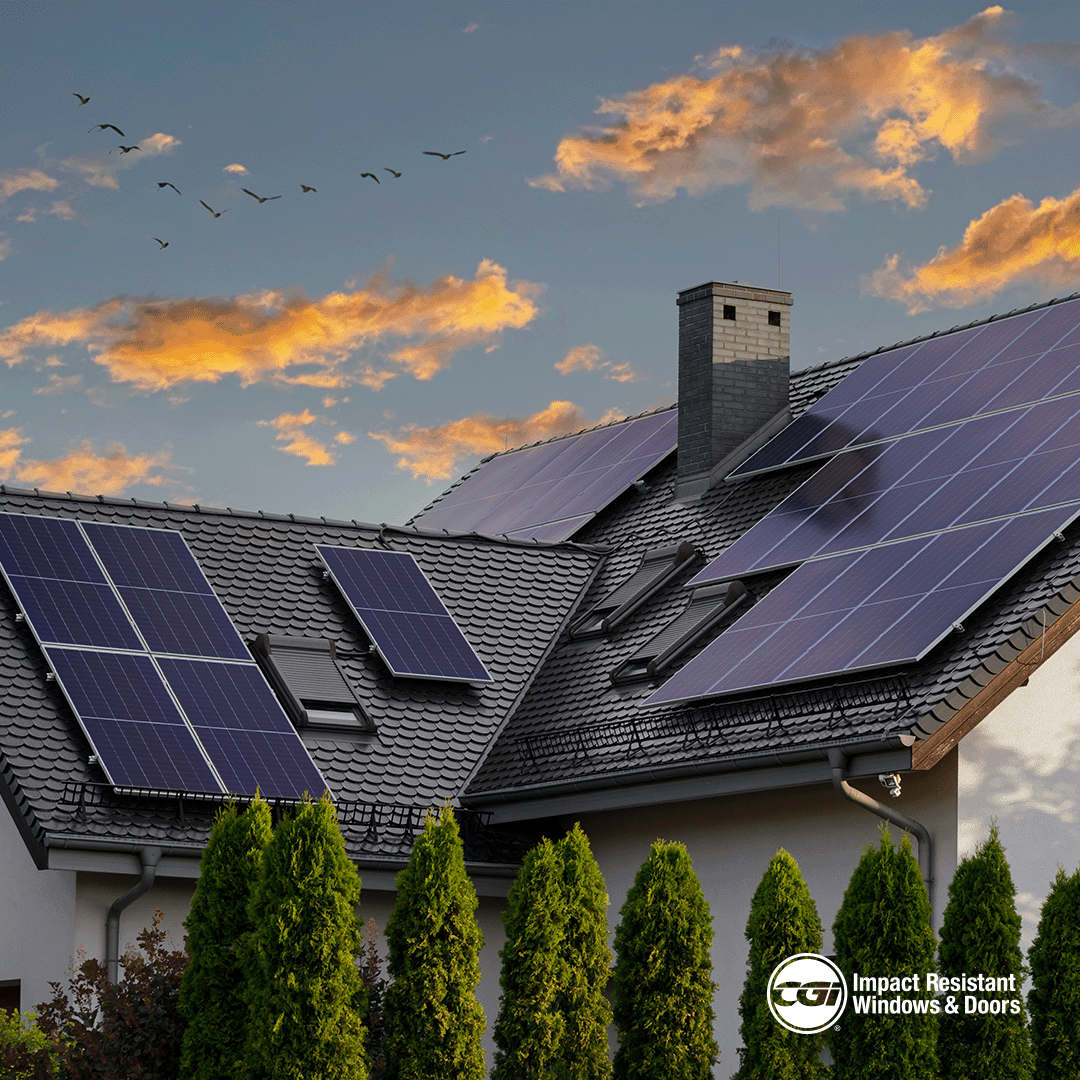Sustainability has emerged as a top priority for homeowners for a variety of reasons. If you want to reduce your carbon footprint, conserve energy, make your home more attractive to potential homebuyers, or all of the above, designing a sustainable home has many benefits.
The good news? Many design details can help you create a more eco-friendly and energy-efficient home.
In this comprehensive guide, we’ll explore key elements of sustainable home design. Whether you embrace them all or pick and choose the ones that make most sense for your budget, timeline, and priorities at the moment, these four design elements can help you move forward on your sustainability journey.
1. Install a Cool Roof
Installing a cool roof can play a major role in creating a more sustainable home. While conventional roofs—especially those made of dark materials—absorb a significant amount of heat leading to higher indoor temperatures and increased cooling needs, cool roofs support naturally cooler interiors by reflecting more sunlight and absorbing less heat. Think, wearing light-colored clothing on sunny days compared to dark attire.
According to Energy Saver, conventional roof temps can spike to a sweltering 150 degrees in the summertime heat while reflective cool roofs maintain temperatures approximately 50 degrees cooler.
In addition to saving energy and money on cooling costs, cool roofs enhance safety and comfort. They also boast a longer lifespan than conventional roofs due to less thermal stress and degradation from sun exposure.
Plus, you may even qualify for money-saving rebates when you choose a cool roof for your new home build or remodel. Not only that, but installing a new cool roof or replacing an existing conventional roof with a cool roof won’t necessarily cost more than a conventional roof installation, according to Energy Saver.
While cool roofs are appropriate for all types of homes in all climates, the extent of your energy savings may differ depending on where you live, the type of roof, and the existing efficiency of your home’s HVAC system.
In most cases, homeowners in hot climates will see the biggest benefits from opting for cool roofs while those in colder climates may incur heating penalties in the wintertime. Therefore, it’s important to consider these factors before deciding whether a cool roof is right for you.
2. Embrace Alternative Energy Sources
Depending on geography and available resources, integrating technologies like solar and/or wind and hydropower into your home’s design can provide an abundant and continuous source of clean energy.
Solar power significantly reduces reliance on conventional electricity sources. Installing solar panels on your roof or property enables you to slash your utility bills by generating your own electricity.
If you’re considering solar energy, it’s important to assess your home’s energy needs in order to design a system capable of fulfilling those requirements. This may involve determining optimal placement and angles for solar panels to maximize sunlight exposure throughout the day.
Additionally, energy storage solutions like batteries let you capture excess energy generated in peak sunlight hours to use later during periods of low sunlight and after dark.
An added benefit of adding solar panels? They increase the average home’s appraisal value by roughly 4.1 percent.
3. Upgrade to High-Performance Aluminum Windows and Doors
If your windows are older or in poor condition, upgrading to high-performance aluminum windows can give your home a significant sustainability boost—especially when you factor in that heat gain and heat loss through windows account for as much as 30 percent of a residential property’s heating and cooling energy use.
High-performance energy-efficient windows and doors reduce heat transfer between a building’s interior and exterior. This helps homes maintain more comfortable temperatures with reduced reliance on heating and cooling systems.
Furthermore, many high-performance windows feature low-emissivity (low-e) coatings, which amplify energy efficiency by minimizing heat transfer, while aluminum’s recyclability adds to its appeal for sustainability-minded homeowners.
If you’re looking for new or replacement windows that offer an excellent fusion of insulation and strength, aluminum is an excellent choice. Aluminum also shines in durability, making impact aluminum windows a wise choice for areas prone to strong weather conditions. Meanwhile, corrosion resistance means an aluminum window frame will require less maintenance while simultaneously offering a longer lifespan.
And as with all the design elements on this list, aluminum windows involve no sacrifice of performance or style for energy efficiency.
4. Invest in Energy-Efficient Appliances
While updates and upgrades to your home’s structural elements are major contributors to sustainability, they’re not the only things that matter. Your appliances also make a difference. Designed to optimize performance while minimizing energy usage, energy-efficient appliances put less strain on the electrical grid while also lowering your utility bills.
When selecting appliances for a sustainable home, seek out products with ENERGY STAR® certification, which indicates that they meet the most stringent standards for energy efficiency. ENERGY STAR® certified appliances include washers, dryers, dishwashers, fridges and freezers, ceiling fans, light fixtures, programmable thermostats, office equipment, televisions, water heaters, and more.
By making informed choices during the design and construction phases, homeowners can create comfortable and peaceful homes while also being kind to the planet. Combined with eco-friendly practices, these sustainability-forward design elements add up to a holistically impactful approach to sustainability.
